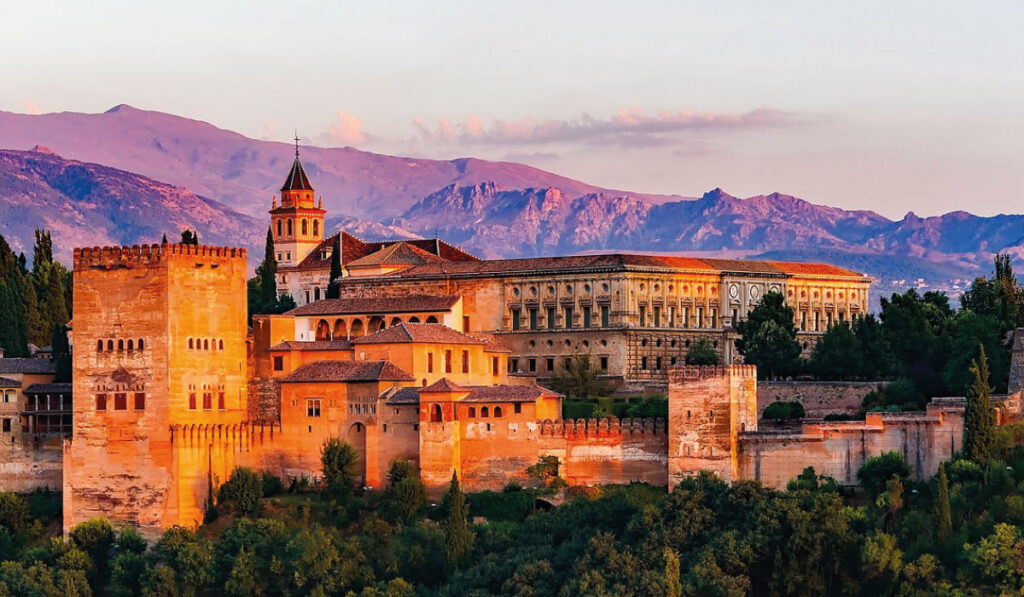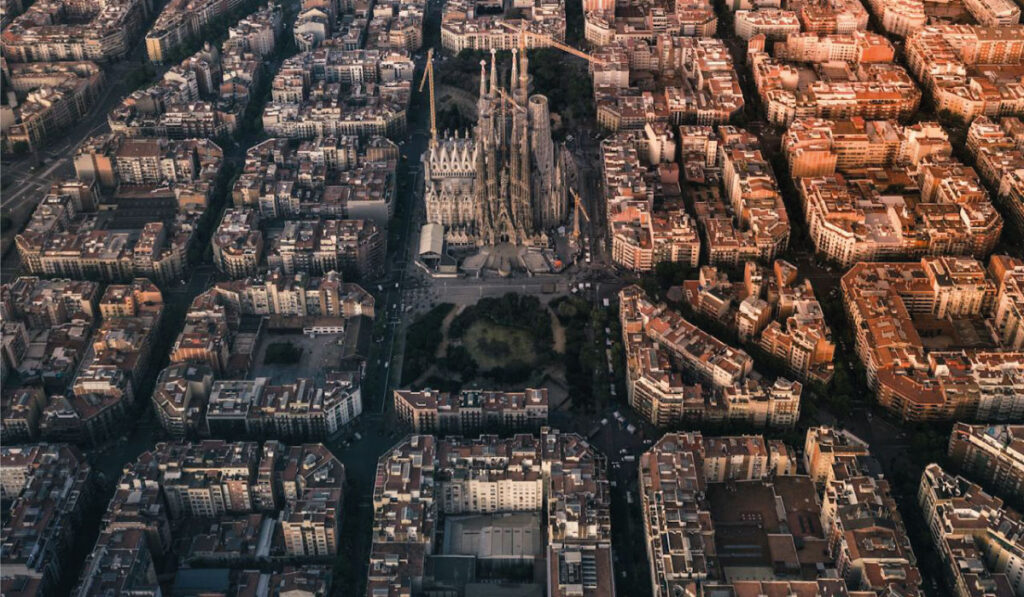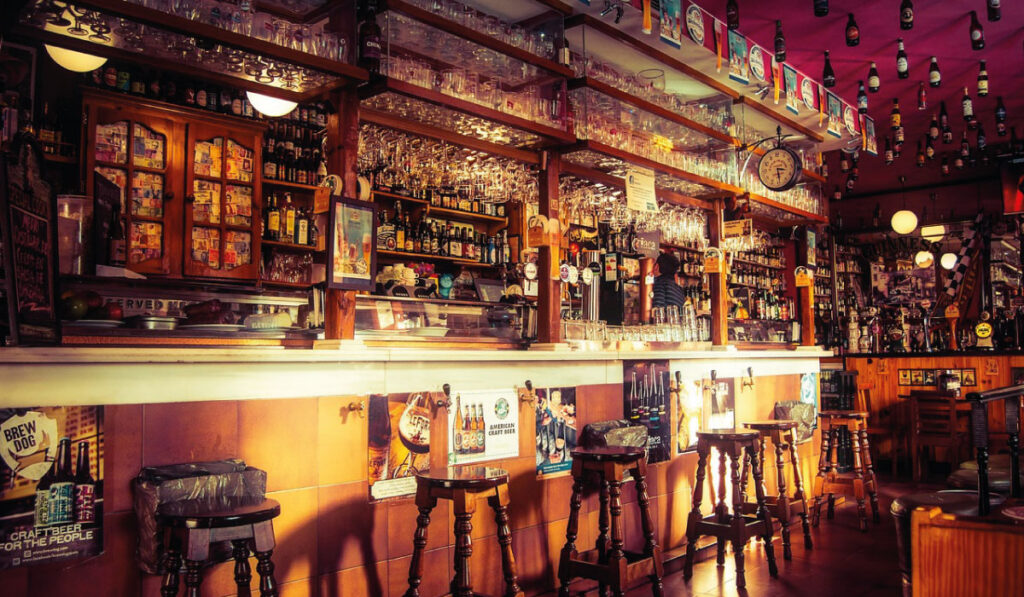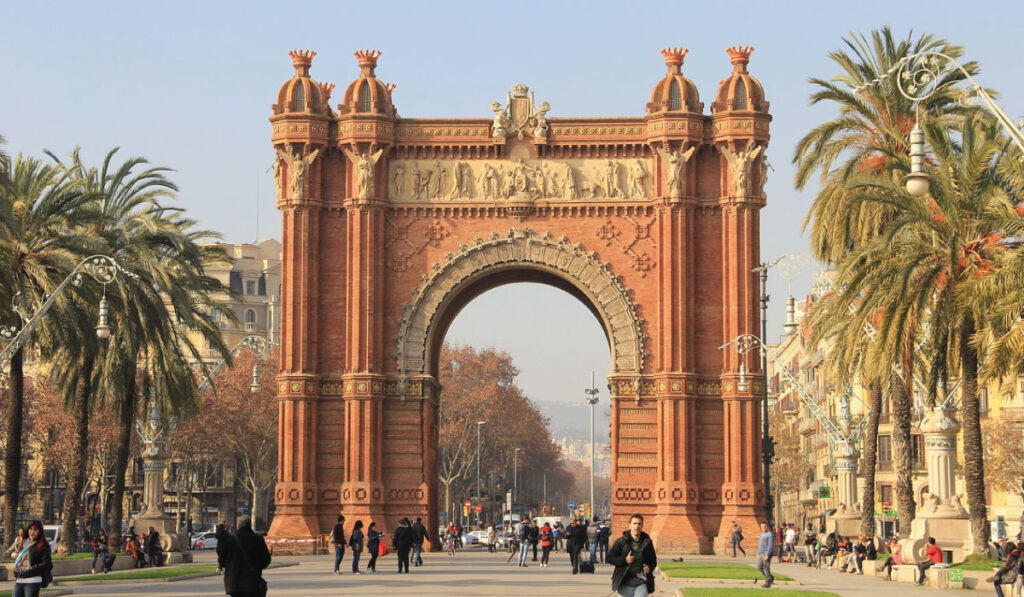Granada, which is a city in the south of Spain in the Andalusian region, is very famous for things such as the tapas culture, delicious food, the iconic flamenco dance, and some really famous monuments like the Alhambra. There are a lot of fun things to do in Granada that will make your vacation unforgettable. So today, we will be exploring everything that the city has to offer.
Table of Contents
ToggleHistory of Granada
The story of Granada revolves around the Islamic Moors. These North African Muslims came across and conquered most of Spain in the 8th century, converting the majority of the population to Islam throughout the Middle Ages for nearly 800 years.
Granada was under Moorish rule and was a predominantly Muslim society. The last great Moorish palace, The Alhambra, can be found here in Granada, showcasing the sophistication and beauty of Moorish civilization.
Nazareth Palaces in The Alhambra

The Nazareth Palaces are a complex of three lavish palaces which would have been the residence of the sultan and his family. It was also a place where business, entertainment, and ceremonies would have taken place.
The palace is called the Lion’s Palace and is characterized by the central fountain, known as the Lion’s Fountain. The water features around these palaces are very opulent. Water was a significant element used in the decoration of the Alhambra. Water was taken from the river at the bottom of the hill and brought up through aqueducts. So you’ll see many beautiful water features as you walk around the palace.
In Islamic religion, it’s prohibited to create any images of living creatures or human beings. So what you’ll find in these palaces are many beautiful Arabic calligraphies. There are lots of poems and quotes from the Quran throughout the palaces, and the phrase “God is the only victor” is repeated around 9,000 times. Aside from Arabic calligraphy, patterns resembling those in nature like leaves and flowers, and geometric patterns were also strong characteristic features of the design of these palaces.
Jardines del Generalife

The Generalife was the perfect Arabian summer garden and was a royal summer retreat for the kings to come and relax in. It’s characterized by water features and lush vegetation. For the Muslims, it was essentially the closest thing to the Quran’s interpretation of paradise.
Water was scarce and precious in most of the Islamic world, and it was the ultimate symbol of life. It’s very integral to the space that the Alhambra created. So you’ll see that the fusion and blend of plants, water, and buildings are incredibly emblematic of Islamic design and architecture.
After the reconquest of Granada in 1492, the Christian forces re-established their rule here in the Alhambra, which was the last Muslim stronghold in the city. King Charles V of Spain was a very powerful king, and he built the Renaissance palace during the 1500s right in the middle of the Alhambra grounds.
The unusual structure of a circular and square palace is renowned in Spain for being the finest example of a Renaissance palace.
Recommended Read: Best Cities to Visit in Spain
Carrera Del Darro
This is the start of a beautiful walk along the River Darro, one of the main rivers in Granada. It runs along the foothills of the Alhambra palace and was very integral to the water supply to the palaces.
Orno De Oro
It’s lovely walking around the old neighborhood and coming across lots of beautiful examples of historic palaces. Orno de Oro is one of the famous historic palaces in Granada, built around the 11th century originally as the residence of the wife of one of the sultans who ruled in Granada. There are some incredibly preserved structures in this palace.
You’ll see beautiful inscriptions in Arabic calligraphy and a lot of beautiful wooden work as well.
Royal Chapel
In contrast to the Moorish architecture that you’ll see around the city, you’ve also got beautiful examples of Christian-type architecture that was constructed when Granada was reconquered by the Christian monarchs in 1492.
This is a really good example of the Renaissance and Gothic architecture that came about after the Moorish period in the city. It was commissioned by King Ferdinand and Queen Isabella after they conquered the city. They wanted to build a chapel for their burial site essentially. So they are both buried in this chapel along with some other very important royal figures.
Albaicin

The beautiful Albaicin neighborhood was the old Moorish quarter. This is where many Muslims sought refuge after the reconquest. You can explore the Church of Salvador, built on top of the ancient ruins of the grand mosque. They say that this was the grandest mosque in the whole of the Andalusia region.
You’ll see the bell tower here, which is in the shape of the minaret that was the original structure of the mosque.
It’s such a beautiful neighborhood. Everywhere you walk, there are pretty plant pots on the windows of the different apartments. There’s also a lot of Moorish heritage. Everywhere you look you’ll see minarets, Arabic calligraphy, or Moorish tiles. You can really feel that Muslim legacy in this neighborhood.
The layout of this neighborhood is very reminiscent of ancient North African medinas, with very narrow lanes. It’s like a maze, and there was also a strategic reason why they chose to build the neighborhood like this. If invaders were to come and try to attack the city, it would be very easy for them to get trapped because they’d get lost.
Pro Tip: Here in Granada, if you order a drink, you often get a tapas for free. You don’t have to pay for the tapas.
Must-try Dessert: The dessert is called the biono, named as a tribute to Pope Pius XI. It’s delicious! It’s very spongy, very moist, and has cream and cinnamon inside. You can really taste the cinnamon. So if you come to Granada, make sure to ask for a biono.
Realejo-San Matias
The Realejo neighborhood was named “Garnata Aliyahut” by the Moors during the Moorish occupation. When the Moors arrived in Granada, there was already a sizable Jewish population living there. The first mention of the Jewish people being in Granada was around the fourth century, several hundred years before the Moors arrived.
The Moors were really interested and excited by the culture of the Jewish people, who were very artisanal and merchants. So they actually got on very well during the time that the Moors were in occupation in Granada. They lived side by side along with the Jews, and it was very peaceful.
Unfortunately, once the Christian monarchs reconquered Granada in 1492, they exiled the Moors and sent them back to North Africa, and they also exiled the Jewish people.
This neighborhood is also well-known for the amazing street art that you’ll see around the little streets. There’s a famous international graffiti artist called “el nino,” who’s Spanish and has done a lot of the work around here in Jewish neighborhoods.
Sacromonte

The Sacromonte neighborhood is characterized by the cave homes carved into the rocks. The history of how these cave homes came about is a little murky, but it’s genuinely believed that the Moors were the ones who discovered that the rock was soft enough to carve into.
They built these homes after the reconquest by the Christian monarchs in 1492 because they were essentially exiled from the city of Granada. Consequently, they were pushed out to the fringes of society.
Later, the Gitano community settled in the Sacromonte neighborhood. The Moors were eventually exiled completely from Spain and returned to North Africa. Thus, the Gitanos continued to live in the Sacromonte neighborhood and carved homes into the rocks. It’s a neighborhood synonymous with the Gitanos, with flamenco being one of their major contributions. Even today, flamenco is very representative of this neighborhood.
Granada is much more than your typical Spanish city. It’s a place with an incredibly rich history and heritage, exemplifying how different cultures can come together, just as they did in Granada hundreds of years ago. The Moors, the Jews, and the Christians worked together, each influencing this beautifully unique and authentic culture, giving rise to an amazing city to explore.
Did you like this article? If yes, don’t forget to like and comment with your opinion. We appreciate your suggestions to improve our content. Feel free to reach out if you have any questions.




